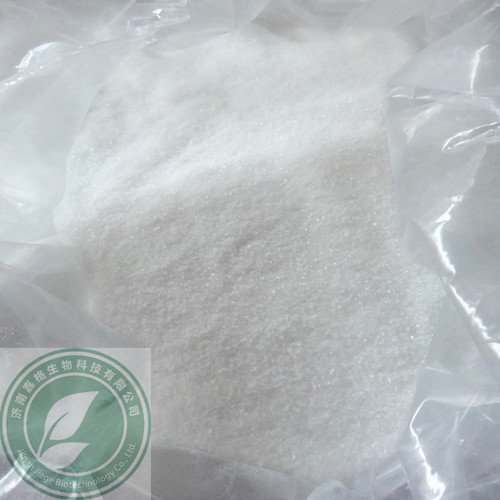| Message: | Product Name:Lidocaine
CAS: 137-58-6
MF: C14H22N2O
MW: 234.34
EINECS: 205-302-8
Chemical Properties:White Solid
Packing: 25kg/cardboard drum
Stability: Stable. Incompatible with strong oxidizing agents.
Description:
Lidocaine, also known as xylocaine and lignocaine, is a medication used to numb tissue in a specific area and to treat ventricular tachycardia. It can also be used for nerve blocks. Lidocaine mixed with a small amount of epinephrine is available to allow larger doses to be used as numbing and to make it last longer. When used as an injectable it typically begins working within four minutes and lasts for half an hour to three hours. Lidocaine may also be applied directly to the skin for numbing.
Common side effects with intravenous use include sleepiness, muscle twitching, confusion, changes in vision, numbness, tingling, and vomiting. It can cause low blood pressure and an irregular heart rate. There are concerns that injecting it into a joint can cause problems with the cartilage. It appears to be generally safe for use in pregnancy. A lower dose may be required in those with liver problems. It is generally safe to use in those allergic to tetracaine or benzocaine. Lidocaine is an antiarrhythmic medication of the class Ib type. Lidocaine works by blocking sodium channels and thus decreasing the rate of contractions of the heart. When used locally as a numbing agent, local neurons cannot signal the brain.
|
 my account
my account
 log out
log out
 my account
my account
 log out
log out
